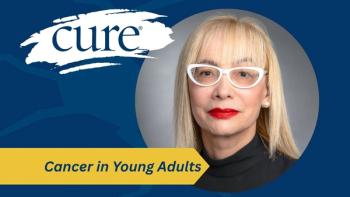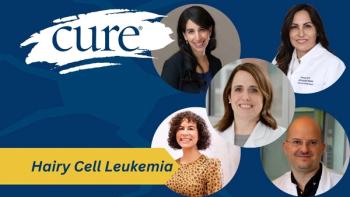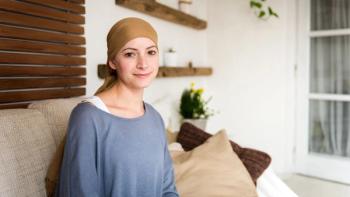
When Survivors Garden, Empowerment and Healthier Living Blooms
Researchers at the University of Alabama at Birmingham found that gardening offers many benefits to cancer survivors.
With an ever-growing number of older cancer survivors, researchers are looking for ways to combine healthy aging with healthy survivorship, and it turns out that a relatively simple solution may be found in a survivor’s own backyard.
Researchers at the University of Alabama at Birmingham (UAB) shared early and promising results of their randomized trial to test the feasibility of a home-based vegetable gardening intervention known as Harvest4Health during a poster session at the 8th Biennial Cancer Survivorship Research Conference held June 16-18, 2016, in Washington, D.C.
The project, led by Wendy Demark-Wahnefried, the associate director for Cancer Prevention and Control at the UAB Comprehensive Cancer Center, paired 24 cancer survivors aged 60 or older with a “master gardener” from the Alabama Cooperative Extension System for period of one year for the planting of three seasonal gardens.
Older survivors were chosen for the trial because studies have shown that many in this group have inadequate diets and levels of functional activity, and they are more likely to experience comorbidities and functional decline.
“This is definitely a group at risk, and what better way to get outside and eat fruits and veggies than to have a garden in your backyard?” explained study author Mallory G. Cases, a graduate student in the Department of Health Behavior at UAB.
Enrollees were survivors of various early-stage cancers, and the master gardeners helped them to set up and plant small vegetable gardens of their choice during the spring, summer and fall, visiting once a month, and also staying in touch via telephone calls and emails to monitor progress and answer any questions.
When the gardeners were compared with a control group of 22 survivors placed on the program’s wait list, they showed improvement in three out of four physical performance tasks, providing a strong rationale for larger studies of intervention.
Analyses of these findings are ongoing, Cases explained, but the program has already demonstrated positive results in an area that often plagues the elderly and cancer survivors alike — getting a good night’s sleep.
Cases theorized that spending more time out in the sun also would provide a natural way to help the gardeners with circadian rhythms, and that getting more physical activity outside could help as well.
To measure results for this part of the study, researchers used the Pittsburgh Sleep Quality Index, and the gardeners showed significant gains across multiple sleep measurements.
“We found our hypothesis to be true,” said Cases. “Those who were gardening didn’t need as much sleep medication as they had previously, and their sleep is more efficient; the amount of time they spend in bed is sleeping, it’s not tossing and turning.”
The only challenges Cases noted with implementation of Harvest4Health were uncontrollable and weather-related, including a tornado in one area and unexpected freezing temperatures.
In evaluations, the gardeners gave the program a green thumb’s up. Cases relayed the story of one participant who was living with multiple sclerosis before her cancer diagnosis: “She actually said, ‘This study saved my life.’”
Supply costs for each participant are about $500, but at the one-year evaluation, 95 percent reported that they were still gardening, and 71 percent plan to expand their gardens. Cases said that when gardeners were asked what the program was worth to them, the general consensus was, “Really, it’s priceless — I can’t put a number on it.”
Cases and her research colleagues are still evaluating other benefits of the program, including its impact on healthier eating, but following on its initial success, the program has recently been approved for a research grant that will enable its expansion to 400 participants who are currently being recruited throughout Alabama.
“We’re really going to dive in and get these survivors gardening,” Cases concluded. “Giving them the tools that they need to make behavior changes empowers them to live a healthier life, free of cancer.”




